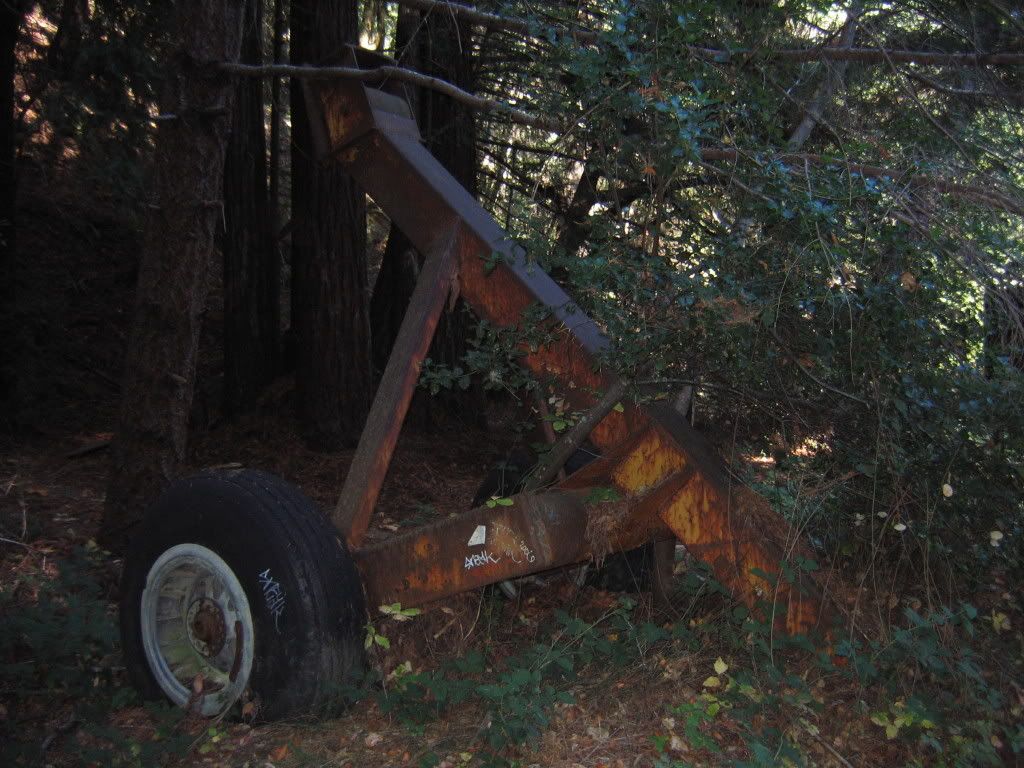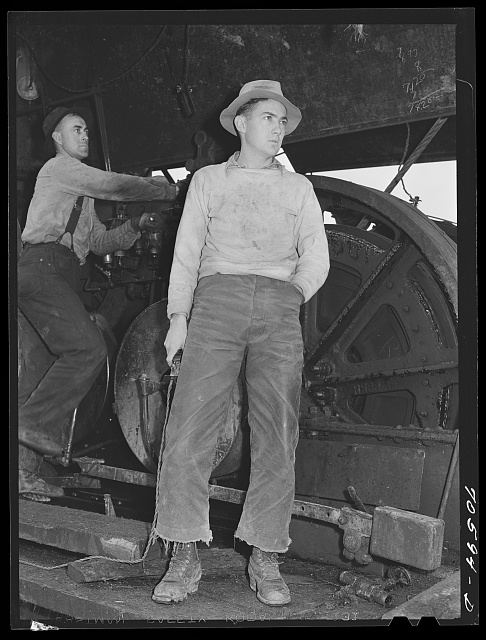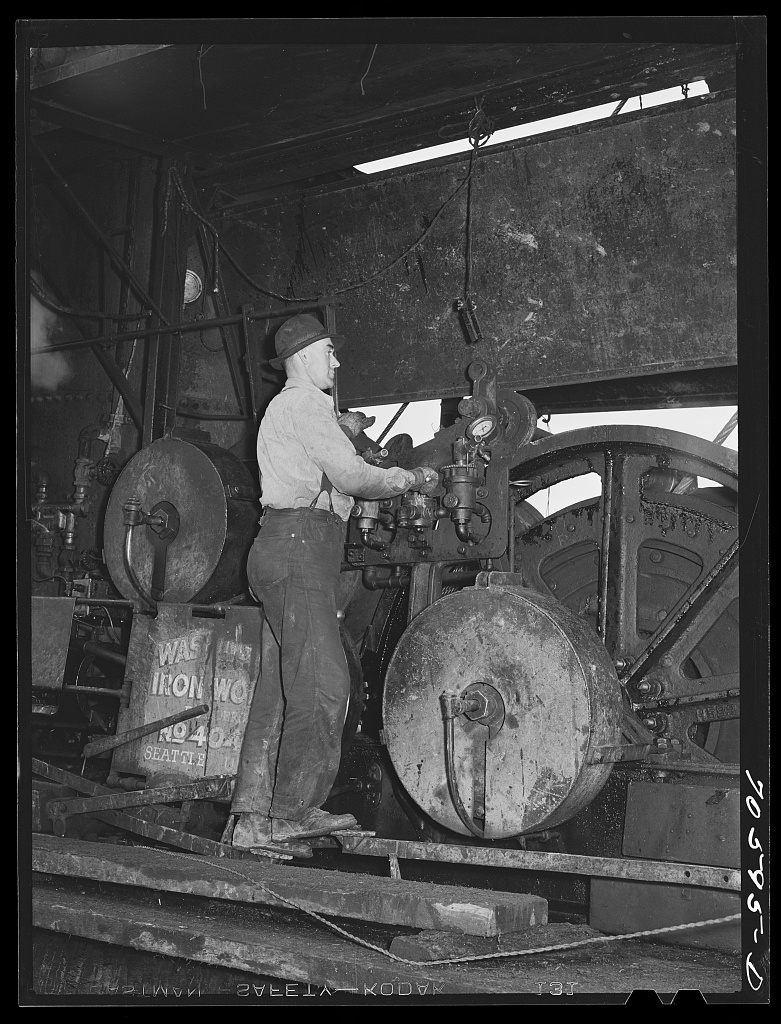I just found another pic of the working Dolbeer donkey engine.
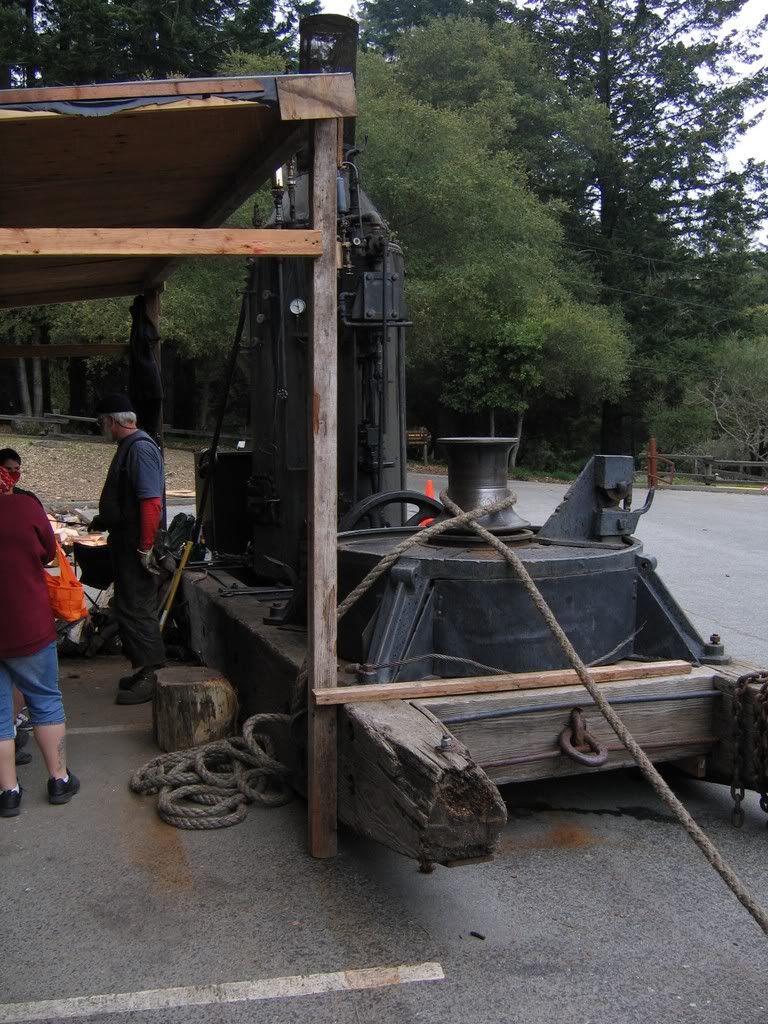
That photo was taken by me at Sanborn Park in Saratoga. I forget the year but I think it was 2009. My son and I were helping with the Lucas Mill demo and skidding out a D-fir on blacktop! ( Don't ever skid a fir with a cable skidder on blacktop, esp with an operator who doesn't know how to lift the log.)The donkey is owned by Big Creek Lumber Co. They also show it sometimes at the Santa Cruz County Fair in September.
Northern California Society of American Foresters
Home | Big Creek Lumber
How's this for technique? Broken chokers anyone?
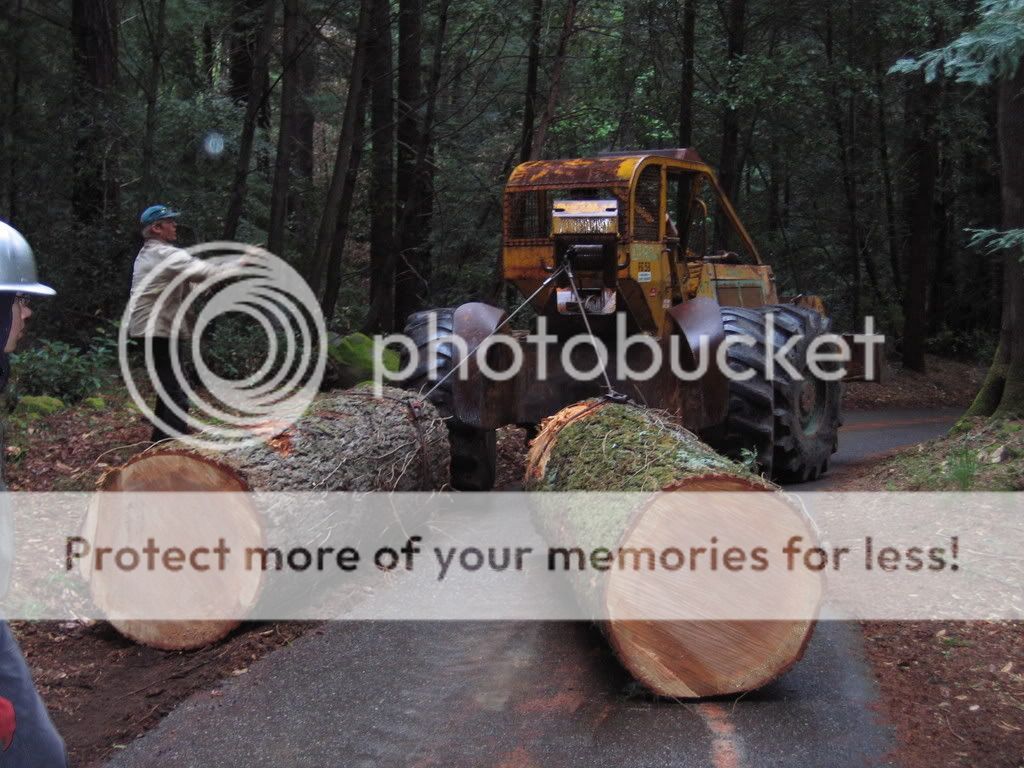
Like this set of photographs you posted. Good contrast between early and modern skidding.
Just need to add a Best (CAT) crawler with the arch in between the two. Thanks for digging out the color photographs.





